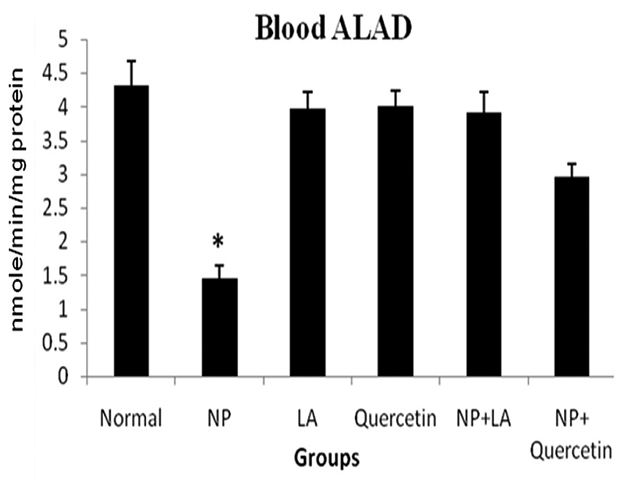Antioxidant activity and free radical scavenging potential of alpha lipoic acid and quercetin against Al2O3 nanoparticle-induced toxicity in mice
DOI:
https://doi.org/10.5530/fra.2014.1.3Keywords:
Al2O3 nanoparticle, Alpha lipoic acid, Quercetin, Protection, Free radicals, Lipid peroxidationAbstract
Introduction: Exposure to nanomaterials (NPs) may lead to enhanced generation of free radicals and failure of endogenous antioxidant defense system ultimately resulting in oxidative stress. The present study aimed to evaluate the comparative efficacy of alpha lipoic acid (ALA) and quercetin, the two antioxidants against aluminium oxide nanoparticle induced oxidative stress. Methods and Materials: Male swiss albino mice were exposed to aluminum oxide NPs for seven days and were co-administered orally with quercetin and alpha lipoic acid (50 mg/kg each) to evaluate effects on heme synthesis pathway, hepatic oxidative injury and antioxidant potential. Results: The results suggest a significantly elevated ROS, decreased blood and hepatic GSH levels, Superoxide dismutase and Catalase activities after Al2O3 nanoparticles exposure. Co-administration of antioxidants increased GSH levels and was also beneficial in the recovery of oxidative injury and restoring inhibited ALAD activity. Conclusion: Our results suggest better efficacy of alpha lipoic acid than Quercetin in preventing appearance of toxic symptoms of following exposure to Al2O3 nanoparticles in mice.
Downloads
Metrics





